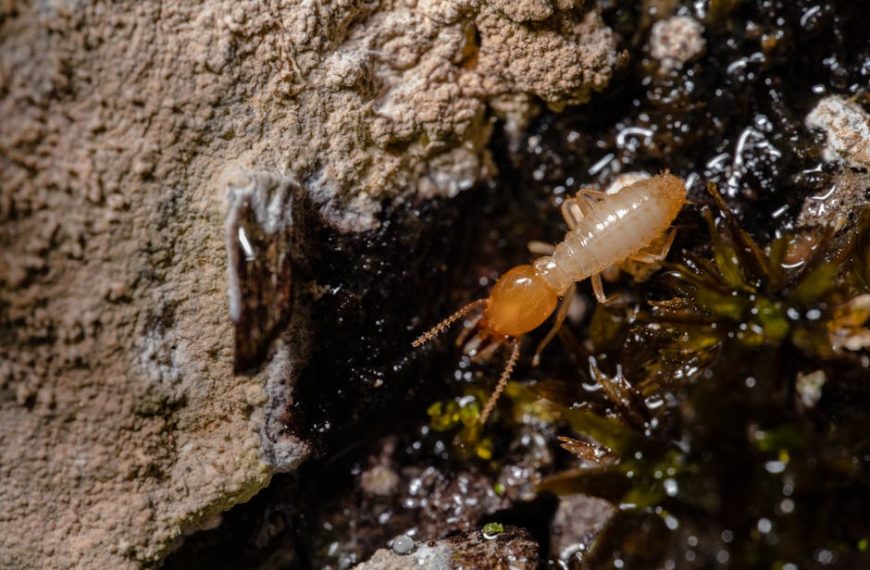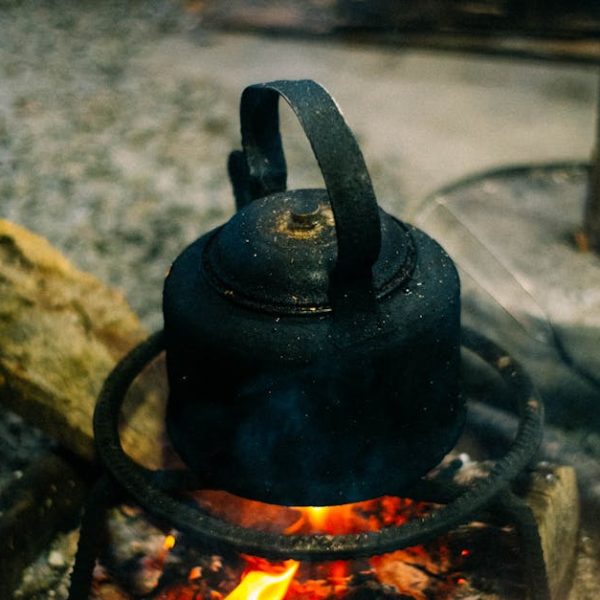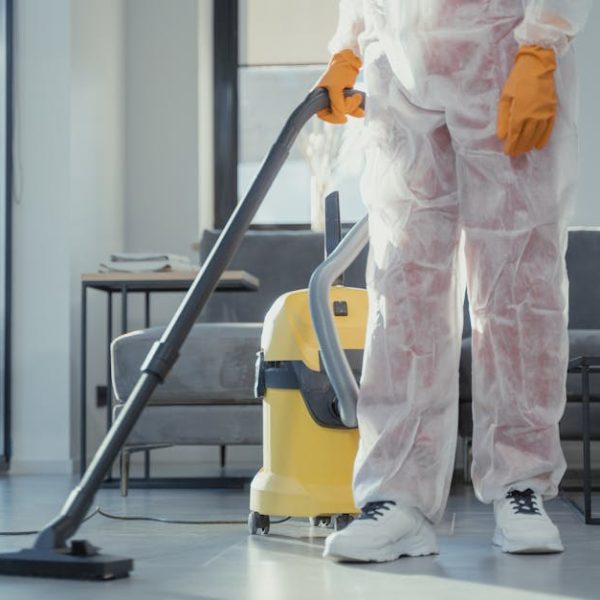Fleas can be a significant problem in pets and homes, and effectively managing an infestation often requires an understanding of these pesky insects’ biology and life cycle. Steam cleaning is commonly touted as an effective method for killing fleas and their eggs. However, is this assertion true? Is steam cleaning really uniformly effective on fleas at every stage of their life cycle? For pet owners, cleaning services, and everyone else grappling with flea control, these are crucial questions to consider.
In this article, we delve into the specifics of the flea life cycle, the effectiveness of steam cleaning, the impact on flea eggs, and approaches for persistent infestations. We also look at how to combine steam cleaning with other flea treatment techniques for optimal results.
Understanding the Flea Life Cycle
Breaking the flea life cycle is crucial in any attempt to exterminate these pests. Adult fleas lay eggs, in large numbers, that eventually become larvae. The larvae then ‘pupate’ or cocoon before metamorphosing into adults. This cycle – from egg to larva, to pupa, to adult – can make flea infestations incredibly stubborn and recurrent.
Resilence is a defining characteristic of the flea life cycle. Fleas, particularly in the egg and pupa stages, can withstand a variety of environmental conditions, making them resistant to many extermination techniques. This highlights the need to adopt an extermination strategy that effectively disrupts every stage of the flea’s life cycle.
Pro Tip: Never focus only on adult fleas. To truly end an infestation, it is crucial to consider the eggs, larvae, and pupae too.
Effectiveness of Steam Cleaning in Killing Fleas
Steam cleaning is a popular way of killing fleas. By increasing the temperature of the fleas’ environment, steam cleaning effectively kills adult fleas by heat shock. The high-temperature steam compromises the fleas’ metabolic functions, leading to swift death.
Studies have shown steam cleaning’s effectiveness in exterminating pests similar to fleas, such as bed bugs. Therefore, it’s plausible that steam cleaning will also be effective against fleas. However, effectiveness heavily depends on the implementation.
Checklist for Effective Steam Cleaning:
- Ensure the steam temperature is high enough (usually above 120°F)
- Treat all areas, including crevices and hidden spots
- Repeat the steam cleaning process as necessary
Impact of Steam Cleaning on Flea Eggs
Flea eggs tend to present the most significant challenge in extermination processes. They are usually resistant to many modes of treatment because of biological protections that allow them to survive and develop in hostile environments.
However, steam cleaning, when done effectively, can kill flea eggs. The heat from steam disrupts the biological processes necessary for flea eggs to develop into larvae. This disruption effectively stops the flea life cycle in its tracks, preventing new fleas from hatching and growing. However, it should be noted that effective steam cleaning requires the heat to reach the flea eggs. Ineffective steam cleaning might not affect the flea eggs at all.
Best Practices for Steam Cleaning Flea Eggs:
- Direct the steam on areas where flea eggs are likely to be found
- Make sure the steam is hot enough (generally above 120°F)
- Be thorough and patient – it might take time for heat to penetrate and kill the eggs
Can Steam Cleaning Help Eliminate Drain Worms in My Home?
Steam cleaning can be an effective method for tackling drain worms in your home. The high temperatures kill larvae and eggs, providing a thorough clean. To achieve the best results, understanding how to eliminate drain worms effectively is crucial, ensuring your drains stay clear and hygienic for longer.
Persistent Flea Infestations Despite Steam Cleaning
Despite thorough steam cleaning, a flea infestation might persist. This can often be attributed to the resilience of flea eggs or fleas in the pupa stage. Pupae, particularly, can be resistant to heat and might survive a steam cleaning session.
Moreover, it’s possible for areas with flea infestations to be missed during steam cleaning. Fleas have a knack for hiding in hard-to-reach places. If these spots are not steam cleaned, fleas can continue their life cycle unabated.
| Steam Cleaning | Other Flea Control Methods | |
|---|---|---|
| Pros | Non-toxic and safe for pets and humans. Can kill flea eggs if hot enough. | May provide faster relief. Some methods can kill pupae, which steam cleaning cannot always reach. |
| Cons | May miss hard-to-reach areas. Cannot always kill all pupae. | May require the use of chemicals. Not all methods are successful in killing flea eggs. |
Combining Steam Cleaning with Other Flea Treatment Techniques
For the best results, consider combining steam cleaning with other flea treatment methods. For instance, you could use an Insect Growth Regulator (IGR), which targets flea eggs and larvae before or after steam cleaning.
When employing other flea treatment methods, pay attention to safety, particularly when using insecticides. Ensure to follow all instructions and precautions provided by the product manufacturer.
Pro Tip: When using other treatments, ensure to start with steam cleaning. This helps to reduce the flea population, making other treatments more effective.
Remember, while steam cleaning can be an effective method to kill fleas and their eggs, it may not solve a flea problem on its own. Understanding the flea’s life cycle and the potential limitations of steam cleaning can help in formulating a comprehensive strategy to dealing with flea infestations. Combining steam cleaning with supplementary treatments can lead to the best outcome in combating these stubborn pests.
Key Takeaway:
- Steam cleaning can be an effective method in killing adult fleas due to the high heat which compromises their metabolic functions leading to death.
- Flea eggs are usually resistant to treatment, but high heat from effective steam cleaning can disrupt biological processes stopping the development into larvae.
- Some persistent flea infestations might not be eradicated by steam cleaning alone, illustrating the need for a multi-dimensional approach to flea control.
- An integrated fungus management approach, which includes steam cleaning combined with other flea treatment methods, can be beneficial and lead to the best results.
It’s crucial to remember that dealing with flea infestations often requires a combined approach of several effective methods and a good understanding of the flea life cycle. While steam cleaning can be a powerful tool against adult fleas and eggs, it may not fully eradicate a pervasive infestation. However, by incorporating targeted treatments and persistent action, it’s entirely possible to regain control and eliminate these stubborn pests from your home.
FAQs
Q: Can I only rely on steam cleaning for flea infestation?
A: While it would be great if a single method could eradicate all fleas, that’s usually not the case. Steam cleaning is effective on adult fleas and their eggs, but it doesn’t always eliminate pupae or larvae. It’s best to accompany steam cleaning with other treatments for comprehensive control.
Q: What type of other treatments can work well with steam cleaning for fleas?
A: Using an Insect Growth Regulator (IGR) can be very effective alongside steam cleaning. IGR targets flea eggs and larvae, adding an extra layer of defensive control.
Q: What preparation do I need to do before steam cleaning for flea control?
A: Before steam cleaning, make sure to sweep or vacuum your home thoroughly to remove any adult fleas, eggs, or debris that may protect them. Also, remember to manage your expectations – it may take a few treatments to see results.
Q: How often should I steam clean during a flea infestation?
A: Repeat the steam cleaning process as necessary until the pests are completely eradicated. This might take a few rounds, depending on the severity of the infestation. Each situation will be different, so monitor closely and adjust accordingly.
Q: How safe is steam cleaning for pets and humans?
A: Steam cleaning is generally safe for both pets and humans as it doesn’t involve harsh chemicals. However, ensure your pets and children aren’t directly exposed to the steam as it could risk burns.
We hope this post helps you in your battle against fleas. Please share this article with others who might also benefit. Don’t forget to explore more enlightening and practical posts on our website!












